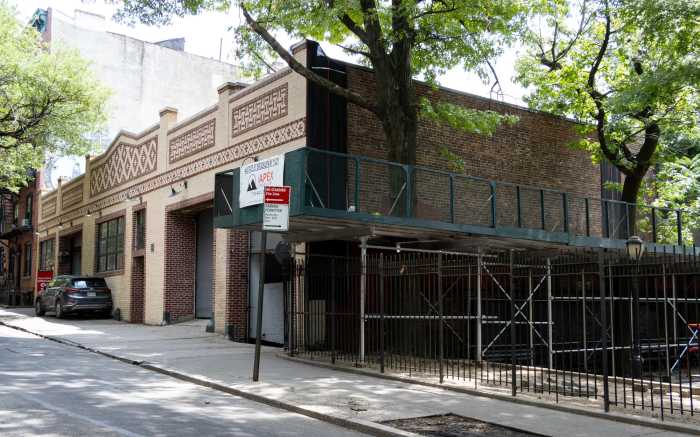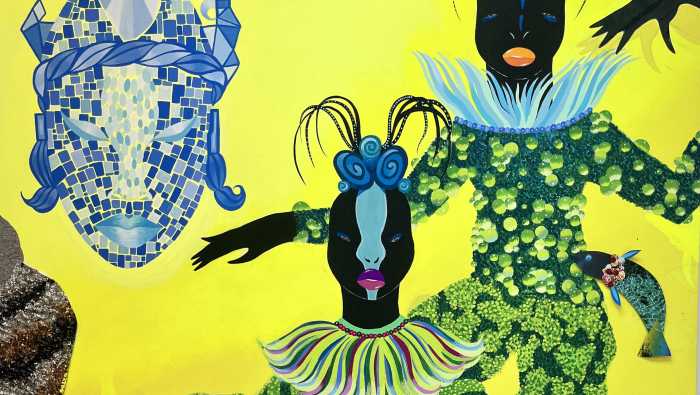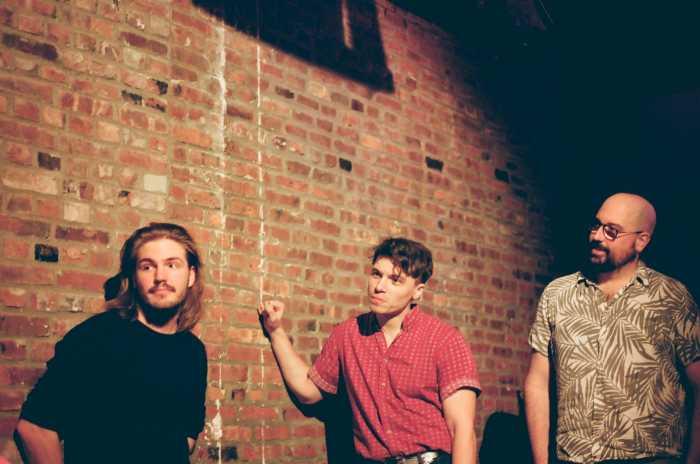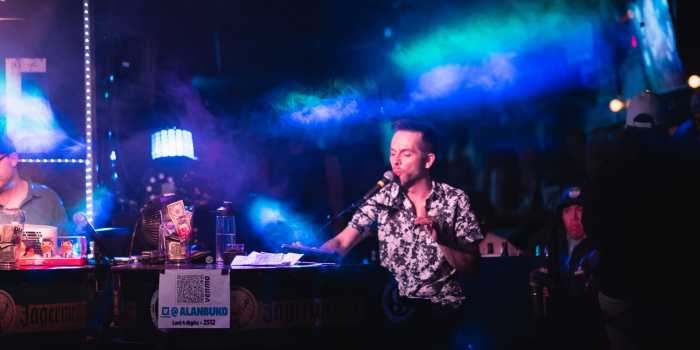Bus them and they will come.
Transportation experts went back to the future to find ways to get more people to the remote Brooklyn Bridge Park — the 85-acre open space, commercial and condo development planned for the DUMBO and Brooklyn Heights waterfront — and what they came up with is straight out of early 20th-century urban planning.
The Downtown Waterfront Brooklyn LDC wants the city to extend bus routes into the park, including making the borough’s slowest bus, the B63, travel two blocks further from its Furman Street terminus.
The planners also foresee a permanent bus shuttle, like the one used last year to reach the floating pool. And they also recommend a fleet of ferries — buses of the water.
They say these initiatives will reduce the temptation to take cars to the isolated park.
“We set out to ensure that Brooklyn Bridge Park would be fully accessible to everyone,” said Hank Gutman, president of the LDC. “The solutions identified are practical and economically feasible.”
The strategy is problematic though, given the high level of frustration many riders have with city buses and their apparent disinterest in ferry service, which forced New York Water Taxi to discontinue its routes to Williamsburg and Sunset Park this winter.
The study also ruled out the more visionary option of building a link from the park at the water’s edge to Brooklyn Height’s fabled Promenade. The $1-million analysis also concluded that burrowing a tunnel from the Clark Street subway station to the park entrance near Furman Street would cost at least $226 million — nearly as much as the park itself.
Beside that cost, and the estimated $800,000 to $1,320,000 cost of the shuttle bus, the planners offered no pricetags.
That didn’t sit well with some residents after LDC planners showed off the study to Community Board 2 on Wednesday night.
“It would be good to let people know how much it would cost because even the presenter seemed to think some of it wouldn’t be affordable or feasible,” said Harold Green.
— with Ben Muessig























